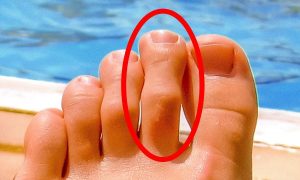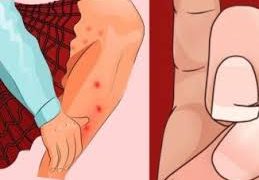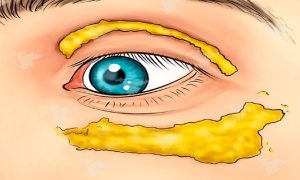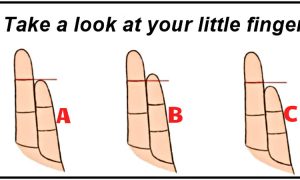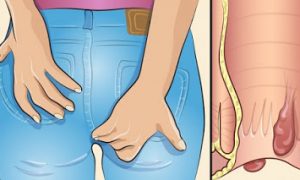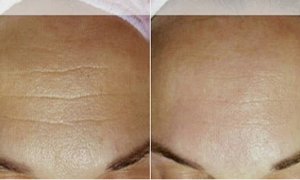A lot of people might not know about this, while the few who do might ignore it under the pressure of our hectic routines. But nails are an important form of indicator of some disastrous physical ailment that is cropping up in our body. This makes them even more useful other than merely serving to beautify our fingers. To understand the message that the nail conveys, it is required to carefully note the edges, the color, and the bends in our nails. Also, we need to examine whether they are thick or thin which shows how brittle they are. They may indicate a major organ failure too, at times. Some of the important signs have been listed below.
Weirdly rounded nail
This happens when there is a possibility of liver dysfunction or some form of lung disease that disrupts the breathing process. It causes the nail to get rounded around the nail bed thereby making it look puffed. At times, the surrounding skin gets inflated too.
Thin and brittle
Nails which are easily breakable are either a symptom of some genetically caused hormonal disorder or bacterial activity. Thyroid can lead to brittle nails, making them very dry and susceptible to breakage.
Edges on the nail surface
Perfect nails tend to have a smooth surface with no distinct ridges or lines on them. Edges on nails appear when a person is likely to suffer from arthritis or an abnormal condition of lupus when the immunity system of the body attacks its own tissues.
Dunk nails
Such a condition may arise due to a mishap or simply by pushing them too hard. Albeit this, it can also be caused due to a deficiency of zinc content in the body or weak immunity or itchy dry patches around the skin.
Plunging nails
Nails might succumb to hypothyroidism or some innate liver dysfunction like hemochromatosis that leads to bending of nails and a plunge like formation.
Splitting up of the nail plate
Splitting of nails into layers from the middle is a problem caused due to excessive dehydration. Some think it caused due to the nails being unkept. Insufficiency of vitamin C and protein content in the body can lead to such damage. At times, such condition may lead to psoriasis and become corrosive.
Thickening of nails
Unnatural thickening of nails is caused by a thyroid problem or lung diseases or internal bacterial problems.
De-coloration of nails
Normal shades of nails tend to be pinkish white with a crescent shape at the base. The de-coloration implies bacterial activity or some internal maladies. Pale white nails are a symbol of liver sickness while dull nails are caused due to a lack of nutrients in the body. If the nail turns slightly bluish in color, it is due to low oxygen content in blood. Reddish streaks or lines on nail beds show heart contamination. Greenish nails are indicative of bacterial growth.
Thus, these points are determinants of the kind of pressure one’s body is going through that can be clearly depicted by the nails. Such signs shouldn’t be ignored at any cost.



